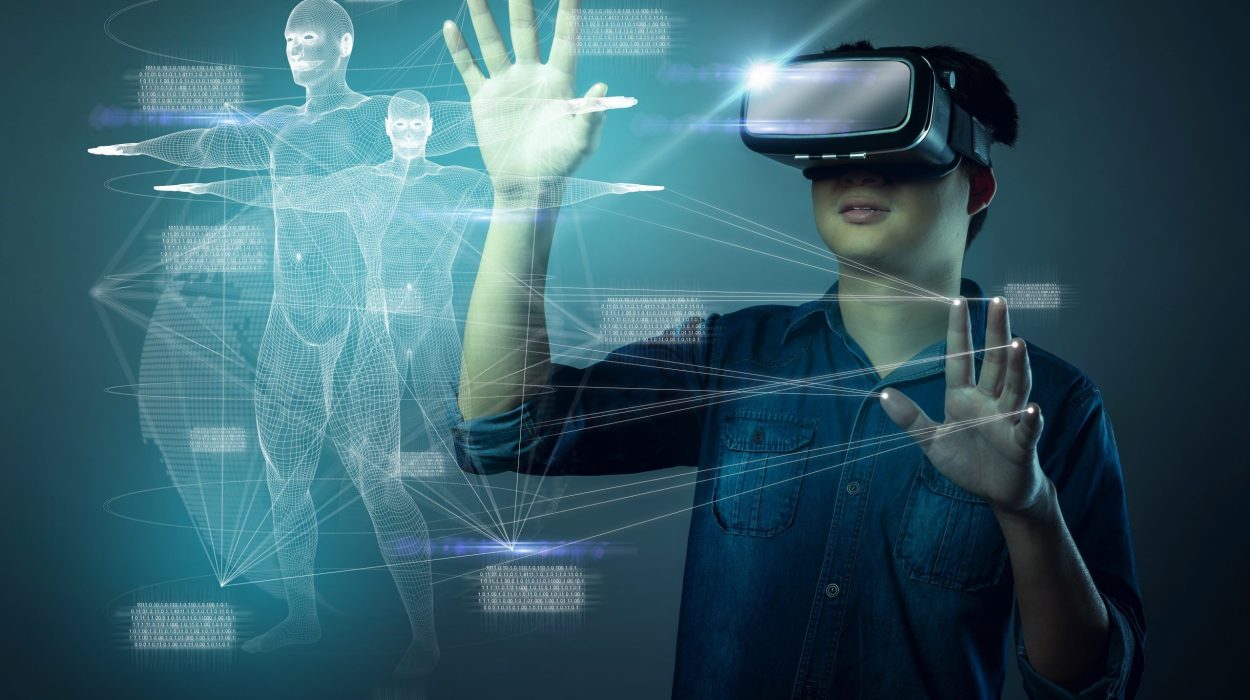In recent years, the corporate training landscape has witnessed a significant transformation with the integration of augmented reality (AR) technology. Augmented reality has revolutionized the way businesses deliver training by providing employees with an immersive and interactive learning experience. By blending digital information into the real environment, AR has proved to be an effective tool for enhancing employee performance, engagement, and knowledge retention.
1. Understanding Augmented Reality
Augmented reality is a technology that overlays digital content onto the physical world, allowing users to interact with both real and virtual elements. Unlike virtual reality (VR), which completely immerses users into a digital environment, AR enhances the real world by providing additional digital information and visuals in real-time. This technology is often experienced through mobile devices, smart glasses, or headsets.
2. Benefits of AR in Corporate Training Games
2.1 Enhancing Engagement
Traditional training methods can often become monotonous and fail to capture employees’ interest. AR adds an element of excitement and involvement to corporate training games by immersing employees in a visually stimulating and interactive environment. This leads to higher engagement levels and increased motivation to learn and improve skills.
2.2 Real-world Application
AR in corporate training games allows employees to practice practical skills and apply knowledge in a simulated yet realistic environment. This enables them to develop a deeper understanding of concepts and experience hands-on training without any real-world consequences. By bridging the gap between theory and practice, AR training games ensure that employees are well-prepared for on-the-job challenges.
2.3 Personalized Learning Experience
Each employee has unique learning preferences and abilities. Augmented reality in training games offers personalized learning experiences by tailoring content and challenges based on individual needs. This customization enhances knowledge retention and ensures that employees can progress at their own pace without feeling overwhelmed or left behind.
3. Practical Applications of AR in Corporate Training
3.1 Safety Training
AR can be utilized in safety training programs to create realistic simulations of hazardous scenarios. Employees can practice emergency response procedures, identify potential risks, and learn proper safety protocols in a controlled environment. This immersive experience prepares them to confidently handle critical situations while minimizing the risk of physical harm.
3.2 Technical Skills Training
Whether it’s equipment maintenance, software training, or complex procedures, AR can provide step-by-step guidance for employees to develop technical skills. By overlaying digital instructions and virtual models onto physical objects, employees can perform tasks with precision and receive real-time feedback. This not only accelerates the learning process but also reduces the need for extensive supervision.
3.3 Team Building and Collaboration
AR training games can bring employees together in an engaging and collaborative manner. Multiplayer AR games allow teams to work together, solve problems, and achieve common goals. These games promote effective communication, teamwork, and the development of interpersonal skills essential for a productive work environment.
4. Implementing AR Training Games
4.1 Identifying Training Needs
Prior to implementing AR training games, it is crucial to identify the specific training needs within the organization. Determine which skills, procedures, or concepts can benefit from an immersive learning experience and assess the feasibility of incorporating AR technology.
4.2 Choosing the Right AR Platform
Select an AR platform or development tool that suits the organization’s requirements and technical capabilities. Ensure that the chosen platform provides the necessary features to deliver impactful and interactive training games. Consider factors such as ease of use, scalability, and compatibility with existing systems.
4.3 Content Creation and Integration
Collaborate with subject matter experts and instructional designers to develop engaging AR content tailored to the identified training needs. Design interactive scenarios, challenges, and assessments that align with the learning objectives. Integrate the AR elements seamlessly into the training games for a cohesive experience.
4.4 Testing and Evaluation
Prior to the launch, thoroughly test the AR training games to ensure functionality, compatibility, and usability. Collect feedback from beta testers, trainers, and trainees to refine the experience and address any concerns. Regularly evaluate the effectiveness of the AR training games in achieving desired learning outcomes and make necessary improvements.
Conclusion
The integration of augmented reality in corporate training games has revolutionized the way businesses train their employees. By offering immersive, interactive, and personalized learning experiences, AR technology enhances engagement, real-world application, and knowledge retention. The practical applications of AR in safety training, technical skills training, and team building further highlight its effectiveness. By carefully implementing AR training games, organizations can ensure their employees are well-equipped with the skills and knowledge needed to thrive in today’s ever-evolving corporate world.
